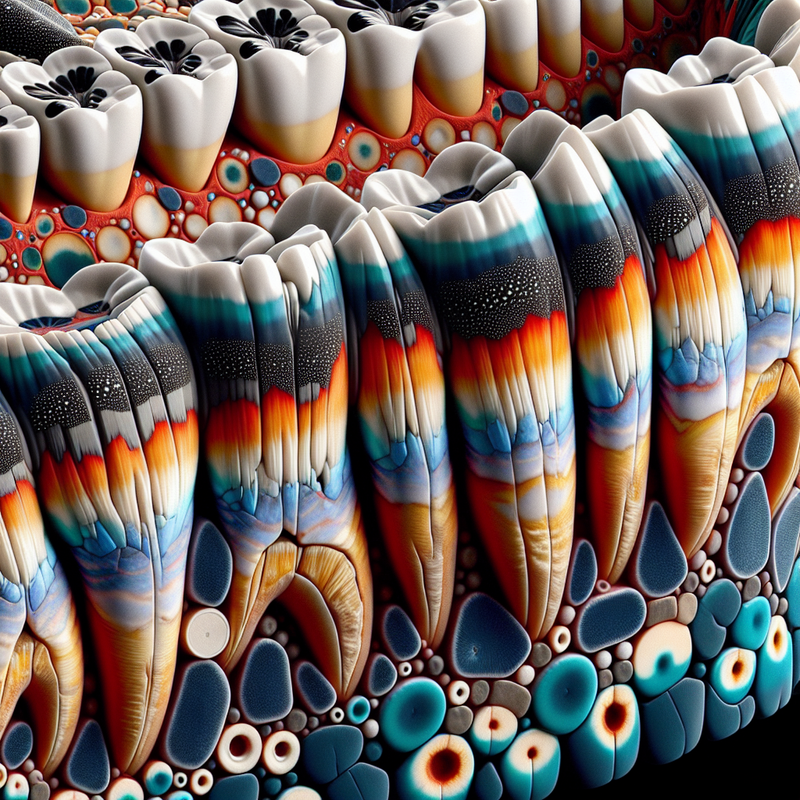In a groundbreaking achievement, a team of scientists has recreated the atmospheric conditions of ancient Earth
By examining remnants left in dinosaur fossils. Spearheaded by Dingsu Feng, a geochemist at Georg August University of Göttingen, and Thomas Tütken, a paleontologist from Johannes Gutenberg Universität’s Institute of Geosciences, this investigation has shed light on the environmental backdrop of the age of dinosaurs.
The researchers singled out oxygen isotopes present in the enamel of the ancient creatures’ teeth
Some persisting for over 150 million years, as a way to determine the levels of atmospheric carbon dioxide present during the Cretaceous and Jurassic periods. Tütken, speaking with ScienceAlert, remarked, “This novel approach opens a window to linking terrestrial vertebrates directly with the atmosphere they existed in.”
By examining Oxygen-17, a particular isotope, the team traced alterations in atmospheric carbon dioxide
Changes that are affected by Earth’s atmospheric dynamics. “Remarkably, after as much as 150 million years, we can still find the imprint of Mesozoic air that dinosaurs inhaled, captured within the enamel of their fossilized teeth,” Tütken disclosed. Such isotopic patterns can illuminate occurrences like volcanic eruptions and the resultant increase in atmospheric CO2 levels.
Their findings indicated that CO2 levels of the Mesozoic atmosphere were considerably higher than now
For example, CO2 concentrations in the late Jurassic stood around 1,200 parts per million, while today’s level is approximately 430 parts per million. With tooth samples from a Tyrannosaurus rex and a sauropod, the study suggested intensified volcanic activity could have coincided with the life periods of these specific dinosaurs.
The research corroborates previous studies that showed increased CO2 levels in the ancient atmosphere
Often linked to rampant volcanic eruptions. This innovative method has unfolded new paths to scrutinize historical climatic events, such as the Great Dying during the Permian-Triassic extinction event. By assessing atmospheric CO2 from that epoch, researchers expect to enhance their comprehension of ancient global extinctions and their repercussions on Earth’s biodiversity.
The study’s outcome, which now confirms the plausible reconstruction of archaic atmospheric compositions via preserved fossils
Has been documented in the Proceedings of the National Academy of Sciences. As the method’s accuracy establishes its merit, its implementation could transform current perceptions of Earth’s historical environments and the effects of past CO2 concentrations on climate variations.
















